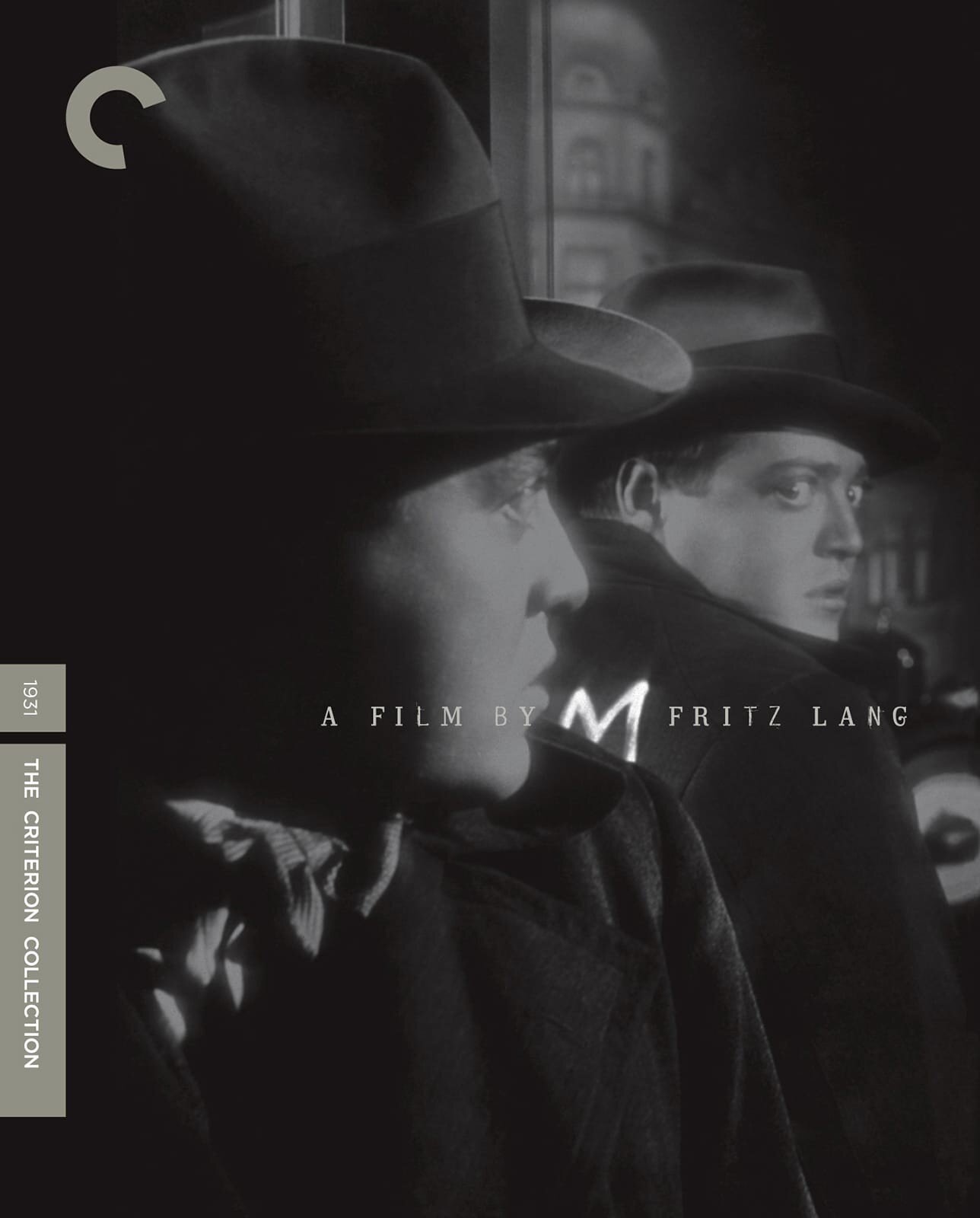(originally published May 8, 2010)
Problematic Jews: Shylock; Bernie Madoff; Charles Krauthammer; Matt Drudge; Henry Kissinger; Ayn Rand; Rabbi Yehuda Levin; Dracula; Ariel Sharon; Bill Kristol; Watto from Star Wars, Episode I: The Phantom Menace; Richard Perle; Michael Savage; Barabas; Kyle Broslofski; the woman at the deli who makes you pay for her fat thumb every time she weighs out a pound of brisket; Caspar Weinberger; Bernie Goldberg; Nathan Leopold and Richard Loeb; Norman Podhoretz; militant West Bank settlers; David Horowitz; Geraldo Rivera; Ahasver; the international cabal of bankers and entertainment executives planning the takeover of the world financial system; Douglas Feith; that scruffy haired Jesus of Nazarene fellow.
And, of course, Fagin.
I approach Oliver Twist with trepidation, because I have difficulty processing racist stereotypes. And while Alec Guinness doesn’t overtly identify Fagin as a Jew, he does have an unfortunate habit of pronouncing Oliver “Oy-iver.” Plus: the fakest nose in the history of cinema, only recently surpassed by Nicole Kidman’s proboscis in The Hours. (Describing a Jew as having a “hook-nose” is one thing, but attaching a wedge of Brie to their face is another. Also worth noting: Fagin runs a gang of young boys living together—sort of how I imagine the goings-on in the Bel Ami house. But with fewer rags. And no artful dodging.)
I’m of two minds on how to engage with literature and films with racist depictions. On the one hand, you can’t ignore the real damage that these stereotypes have done. The Shylock and Fagin-type figures, in particular, have been used to perpetrate systemic discrimination—and worse, obviously—against Jews. (Yes, some Jews do have those sharp hawk noses, but that just means that you have to tilt your head more to kiss them properly.) On the other hand, you want to forgive one element in otherwise engaging and important works. I adore Breakfast at Tiffany’s, for instance, despite the feeling that Mickey Rooney is going to hell for his portrayal of Mr. Yunioshi.
This is a long-winded and roundabout way, I suppose, of cautioning myself not to ingest my media blindly. Given that art is already an imperfect medium, it doesn’t hurt to attach an asterisk. Thus: Triumph of the Will is a stunning film.* Listening to Wagner will stir your soul.** Middlemarch is a really long book.***
So, as my huge asterisk in talking about Oliver Twist, I duly note that Dickens, in later revisions of the novel, removed references to Fagin as “the Jew.” He also later took pains to include positive portrayals of Jews in Our Mutual Friends. I haven’t seen the Roman Polanski’s recent version of Oliver Twist, I understand that Ben Kingsley did his best to make a full character out of Fagin. Also, I have never seen any iterations of Oliver!—but this is less my avoidance of Fagin-related materials and more that I don’t really like musicals. Hey, we all have to resist our stereotypes and caricatures somehow.
*if you don’t mind all the dancing Nazis.
**especially if you blot out the anti-Semitic elements.
***written by a woman in drag!



















